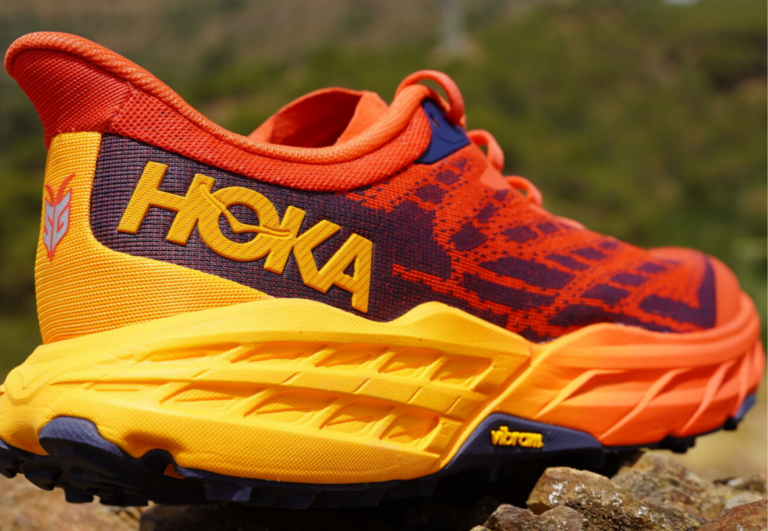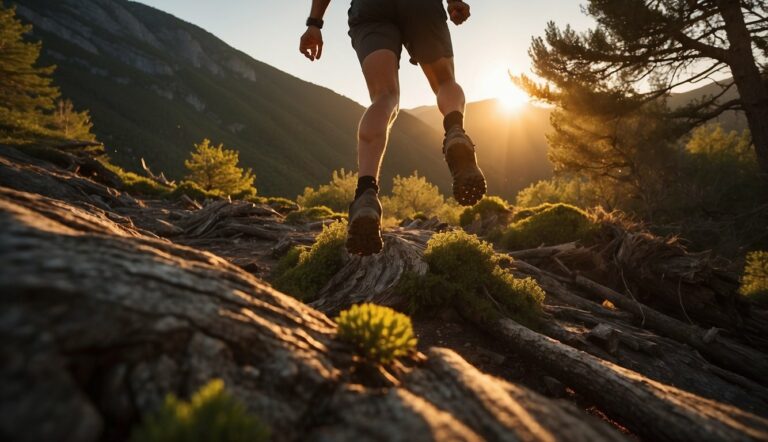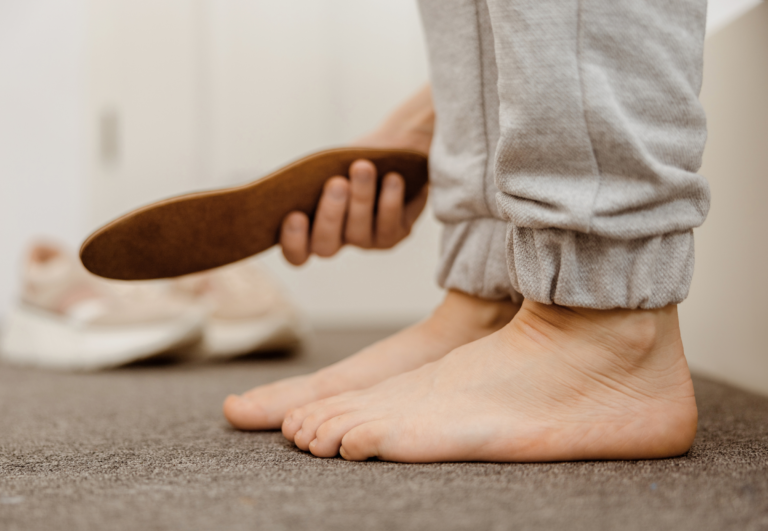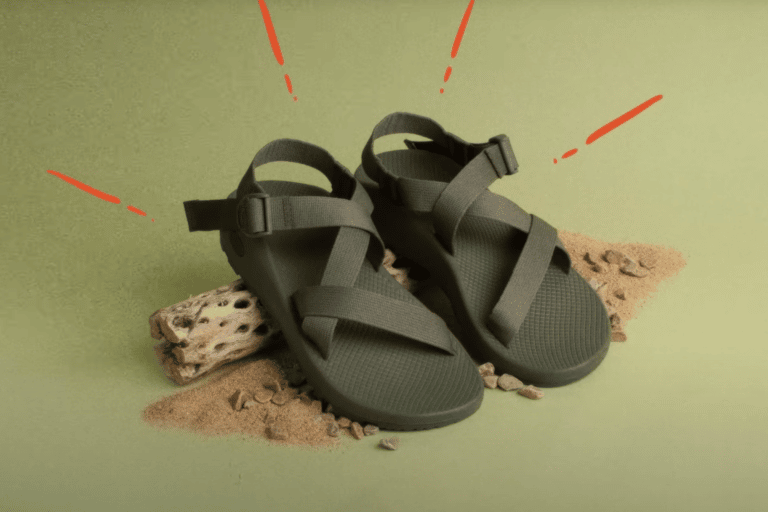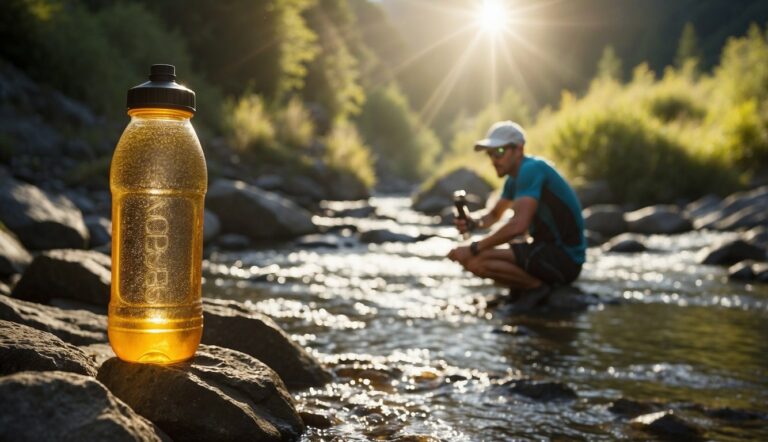Should Trail Running Shoes Be Waterproof? Unpacking the Pros and Cons
When deciding on trail running shoes, the question of whether to go for waterproof options is a common dilemma you might face. The allure of keeping your feet dry in wet and muddy conditions is tempting, but it’s important to consider the full picture before making a choice.
Waterproof trail-running shoes provide a barrier against moisture, which could be beneficial if you’re running through light puddles or damp grass. However, it’s worth noting that waterproofing can also have drawbacks. Shoes designed to prevent water entry often have less breathability, resulting in trapped sweat and overheating during your runs. Plus, if water manages to get inside the shoe – perhaps from a misstep into a deep puddle or stream – it won’t escape easily, potentially leading to uncomfortable, soggy feet for the remainder of your trail adventure.

Do You Need Waterproof Trail Running Shoes?
When you’re tackling the trails, your feet are the main connection between you and the unpredictable terrain. Trail running shoes are essential for providing grip and traction, especially with features like deep lugs on the outsole to grip loose dirt and mud. The shoes are also designed to be durable to withstand the rigors of off-road running.
In terms of weather protection, waterproof trail running shoes offer a safeguard against moisture, which can be a boon in rainy or snowy conditions. With a waterproof membrane or coating, your feet can stay dry when running through small puddles or shallow snow.
However, many trail runners favor a breathable mesh upper for better ventilation. Non-waterproof shoes can actually dry faster and reduce the chances of water getting trapped inside your shoe, which could lead to issues like blisters. A breathable upper also helps in maintaining a lightweight feel, preventing your feet from overheating during longer runs.
When it comes to cushioning and stability, both waterproof and non-waterproof shoes can offer adequate support, typically through the design of the midsole. Your choice should balance the need for dry feet with the importance of breathability and overall comfort during your runs.
Remember, the best shoe for you depends on the specific conditions and how often you encounter wet trails.

Waterproof Versus Non-Waterproof Trail Running Shoes
When you’re selecting trail running shoes, the choice between waterproof and non-waterproof options plays a crucial role in your comfort and performance. This section guides you through the pros and cons of each to help you make an informed decision that suits your running environment and personal preferences.
Advantages of Waterproof Trail Running Shoes
- Weather Protection: Waterproof shoes offer reliable protection against wet conditions, such as puddles, wet brush, and light stream crossing, keeping your feet dry.
- Material Benefits: The Gore-Tex membrane, a common waterproof material, ensures that water stays out even as it remains somewhat breathable compared to non-treated fabrics.
Disadvantages of Waterproof Trail Running Shoes
- Breathability: Being less breathable, waterproof shoes can trap heat and moisture from your feet, particularly in warm or hot weather, leading to discomfort.
- Water Retention: If water enters over the top, waterproof shoes can hold onto it, making your footwear heavier and potentially causing blisters due to the softening of the skin.
Advantages of Non-Waterproof Trail Running Shoes
- Breathability and Comfort: Non-waterproof shoes generally offer better breathability with mesh uppers and vents, quickly releasing heat and keeping your feet cool.
- Quick Drying: Lightweight and often built with quick-drying materials, non-waterproof shoes can handle getting wet and dry out much faster than waterproof options.
Disadvantages of Non-Waterproof Trail Running Shoes
- Lack of Water Protection: Without the barrier of a waterproof membrane, your feet may get wet from external moisture, particularly in wet or slushy conditions.
- Potential for Wet Feet: While they are quick to dry, non-waterproof shoes can initially allow for wet feet, which might be a discomfort if you frequently run in wet environments.
Running in Wet Conditions – Do Waterproof Trail Shoes Help?

Feeling the urge to hit the trails regardless of rain or snow?
Waterproof trail-running shoes might be a game-changer in wet conditions. These shoes are designed to prevent water from soaking through, keeping your feet drier when you encounter puddles, wet grass, or unexpected stream crossings.
Weather Challenges:
- Rain can turn trails into a slippery mix of mud and loose dirt.
- Snow can lead to wet feet and discomfort.
- Mud clings to your shoes, making them heavier.
When you’re running through a landscape dotted with rocks and roots, wet weather can pose an extra challenge. Wet conditions often mean more slipping and sliding, and waterproof shoes can offer a level of protection not just from moisture, but also from the debris you find in such terrains.
In mild conditions, however, waterproofing might be overkill and cause your feet to overheat.
Waterproof Shoes by the Season:
| Season | Waterproof Benefit | Potential Drawback |
|---|---|---|
| Warm Weather | Prevent water ingress | Can cause feet to overheat |
| Cold Weather | Keep feet warm and dry | Might be less breathable |
| Mild Conditions | Unnecessary | May lead to sweaty feet |
Do keep in mind that no shoe can be completely waterproof if water goes over the ankle; breathability is important, too, especially in milder weather. Consider your specific trail conditions and weather forecast before you decide.
Waterproof shoes are ideal if you’re likely to face rain-soaked trails or snowy paths. On the other hand, for mild or warm weather with little chance of wet feet, a more breathable, non-waterproof shoe might better suit your needs.
Additional Water Protective Features in Running Shoes

When it comes to keeping your feet dry, trail running shoes can be equipped with additional features beyond just waterproof materials. You’ll find options like gaiters for debris protection and innovative design elements that enhance water resistance without sacrificing breathability.
Gaiters and Built-in Protection
Gaiters are attachments that cover the gap between your shoe and ankle, providing an extra layer of protection against water, mud, and debris. Running gaiters are especially useful in wet conditions, as they help to prevent water from entering over the top of your shoe.
- Benefits of Gaiters:
- Keeps debris out of shoes
- Adds water resistance above the shoe
Some shoes come with a built-in gaiter or an ankle collar, which offers seamless protection without the need to purchase separate gaiters.
Material and Design Innovations
The upper materials of trail running shoes often feature a waterproof membrane such as Gore-Tex® (GTX) or similar technologies. A waterproof membrane allows for water resistance while still providing some level of breathability to minimize overheating.
- Key Features of Waterproof Membranes:
- Known for durability
- Balances water resistance with breathability
Additionally, some shoes include a coating on the upper material that repels water. These coatings can vary in effectiveness and may be suitable for light moisture but might not provide full protection in wetter conditions.
- Effectiveness of Coatings:
- Good for light moisture
- May need reapplication over time
Comparison of Popular Waterproof Trail Running Shoes

When venturing on wet trails, choosing the right waterproof trail running shoes can make all the difference. This section will give you a snapshot of popular models to help you with your decision.
Nike Pegasus Trail 4 Gore-Tex
The Nike Pegasus Trail 4 features Gore-Tex technology, ensuring your feet stay dry even in wet conditions. Its design offers breathability alongside waterproof properties, a balance that’s crucial for comfort on long runs.
- Waterproofing: Gore-Tex upper
- Key Feature: Breathable comfort combined with water resistance
Altra Lone Peak All-WTHR Low 2
Altra’s Lone Peak All-WTHR Low 2 stands out with its balanced cushioning that promotes a natural foot placement. Built to handle various weather conditions, it incorporates a waterproof layer to protect you against unforeseen weather.
- Waterproofing: Weather-resistant upper
- Key Feature: FootShape™ toe box for stability
La Sportiva Tempesta GTX
The La Sportiva Tempesta GTX is aimed at those who traverse demanding terrains. Equipped with Gore-Tex technology, these shoes are designed to withstand harsh conditions while keeping your feet shielded from moisture.
- Waterproofing: Gore-Tex membrane
- Key Feature: Durable build for rough trails
By comparing these models, you can find a shoe that matches the waterproofing level and performance features you need for your outdoor adventures.
Maintenance and Care for Trail Running Shoes

As a seasoned trail runner, you know that regular maintenance expands the life of your trail running shoes and keeps them ready for any terrain. Here’s how to tackle the dirt and moisture they encounter and ensure they continue to protect your feet run after run.
Cleaning and Drying Your Shoes
Step 1: Remove Excess Mud and Dirt
- Knock the soles together to dislodge dried mud.
- Use a soft brush to gently clean off remaining dirt.
Step 2: Hand Wash
- Rinse with cold water—avoid immersing waterproof shoes completely.
- Use a mild detergent if necessary and rinse thoroughly.
Step 3: Air Dry
- Place shoes in a well-ventilated space away from direct heat.
- Stuff with newspaper to absorb moisture and maintain shape.
Re-waterproofing Treatments
When to Re-waterproof:
- If water no longer beads off your shoe’s surface.
- After cleaning and when shoes are completely dry.
Using a Re-waterproofing Product:
- Spray treatments like Nikwax work well. They can be applied directly to the shoe’s surface to restore water-repellent properties.
Maintaining Breathability:
- Ensure the treatment is suitable for breathable fabrics like Gore-Tex.
- Follow the instructions carefully to maintain the shoe’s breathability.
By regularly cleaning your trail running shoes and applying re-waterproofing treatments when necessary, you’ll significantly extend their lifespan and performance. Remember to pair your shoes with accessories like a trail-running gaiter to further guard against water and mud.
Keep your feet dry and step confidently on your next trail adventure.
Final Thoughts on Waterproofing and Trail Running Shoes

When you’re selecting your trail running gear, waterproof trail running shoes may catch your eye. They promise dry feet in wet conditions, but here’s what you should consider. Waterproof shoes work well in rainy or snowy environments, as they prevent water from soaking through. This is ideal if your routes involve crossing puddles or streams, or if you’re running through wet grass.
On the other hand, non-waterproof shoes offer better breathability. They let your feet ventilate, which helps in reducing sweat and overheating during long runs.
Here’s a quick comparison to guide you:
| Feature | Waterproof Shoes | Non-Waterproof Shoes |
|---|---|---|
| Wet Weather Protection | Excellent protection against moisture. | Limited, feet may get wet. |
| Breathability | Lower breathability can lead to sweat. | Higher, maintaining cooler feet. |
| Warmth | Tend to keep feet warmer in cold. | May not offer as much insulation. |
Remember, waterproof shoes can also retain water inside once wet, which could lead to discomfort. If you frequently trail run in wet conditions, waterproofing could be beneficial. However, if you value cooler feet or run in generally dry climates, breathable, non-waterproof shoes might be your best bet.
Choose based on the usual conditions of your runs, and consider keeping a pair of each for versatility. Trust your experience and remember that comfort and protection are key to enjoying your trail runs. Happy running!

